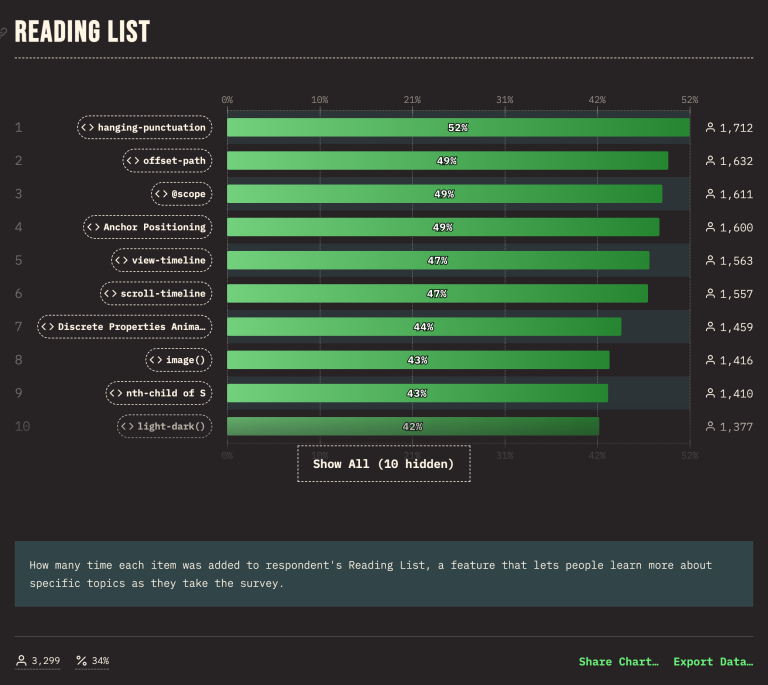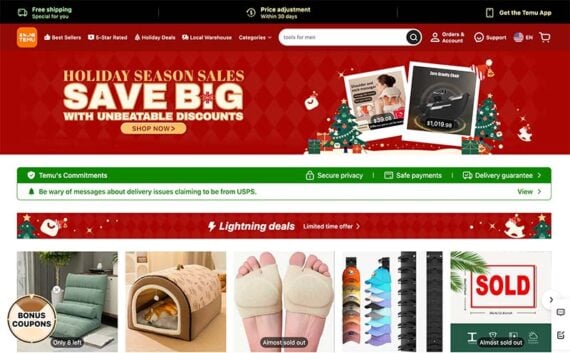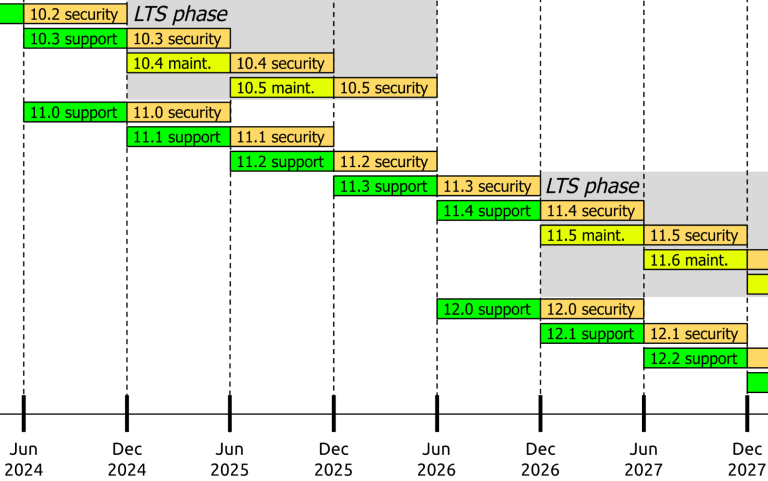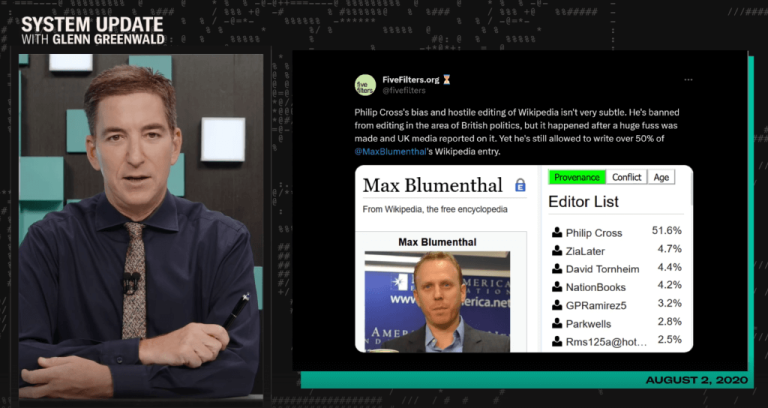Social commerce is poised to take off in 2025, reaching 60% or more of Gen Z and Millennial shoppers worldwide, depending on the source.
TikTok is the trending social platform, with roughly 36 million shoppers, while Facebook is massive and established, with 68 million. Both are compelling options.
In this article, I will focus on Facebook Shop and its two key promotional opportunities.
Table of Contents
Create a Facebook Page
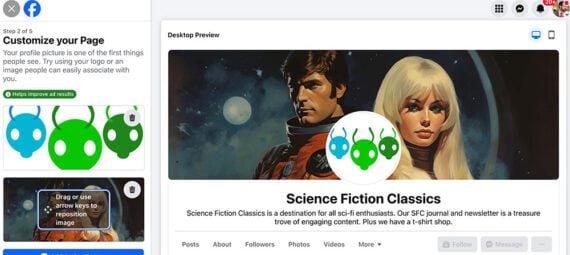
Create a Facebook page by filling in a few fields and uploading images.
A Facebook Shop requires a Facebook page.
- Log in to your personal Facebook account.
- Go to the Pages section and create a new page.
- Select the “Public Page” option.
Work through the six setup screens using Facebook’s interface as a guide. By the end, you will have a minimal Facebook page, ready to do business.
Set Up a Business Suite Account
Meta Business Suite is the single location for managing your pages, including the one you just created for your store. The setup process is straightforward.
- Go to Business Suite.
- Click “Create Account” and follow the prompts.
- Add your Facebook page to Business Suite under “Business Settings” > “Accounts” > “Pages.”
Business Suite is a hub for Meta assets — Facebook, Instagram, WhatsApp.

Meta’s Business Suite is the dashboard for managing stores on Facebook, Instagram, and WhatsApp.
Set Up a Commerce Account
Next, prepare your Facebook Shop.
- Go to the Facebook Commerce “Get started” page.
- Select “Add Products.”
- Toggle the “Connect to a partner platform” switch.
- Complete the form.
Facebook Shop integrates directly with Shopify, BigCommerce, WooCommerce, and other stores. I will use Shopify for this example.
To start, enter your store’s Myshopify.com subdomain, located on the “Domains” tab in your Shopify account settings. Facebook will direct you to Shopify and add the Facebook and Instagram app.
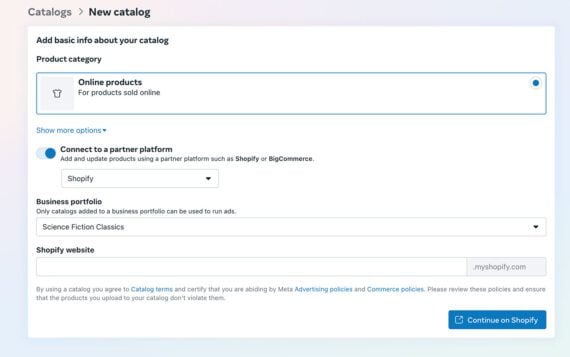
Facebook integrates with many ecommerce platforms, including Shopify, BigCommerce, and WooCommerce.
Connect Your Store
Facebook profiles associated with multiple pages may need to specify the one to integrate with Shopify. Then set your desired level of data sharing between Facebook and Shopify. Meta will use the data to improve advertising results but may require updates to your Shopify privacy policy and settings.
You’ll likely see approved products on your Facebook page in just a few minutes, although it sometimes takes up to two days.
Customize Your Facebook Shop
Once the Shopify store and Facebook Shop are synchronized, customize the latter via the Facebook Commerce Manager, adding payment types, layout, and verifications. Facebook permits some shop customization but will also pull from Shopify.
Facebook typically provides a checklist with a handful of tasks to complete before your shop is live.

Facebook permits some shop customization but will pull a lot from Shopify.
Promote the Facebook Shop
Most sellers promote Facebook Shops in two ways: Meta advertising and organic social media content.
Meta advertising. By accessing the shared Shopify data, Meta can confirm purchases, track website activity via its pixel, and view online chats.
All that information will guide Meta in identifying and targeting likely customers in a privacy-compliant manner. The optimized advertising should perform well. A few published reports, including one from Omnichat, describe a tenfold improvement in return on advertising spend for online merchants using Shopify and Facebook Shops.
Organic social media content. The second promotional opportunity comes from content marketing and email address capture.
Think of Facebook as a content distribution channel for your store. Share blog posts, product videos, and the like on that platform. Its algorithms (and your followers) will help expose the shop.
Always include email capture on your Facebook page and store. On the page, add a “newsletter” or “subscribe” custom action button linked to an email subscription form. Then include those subscribers in your store’s regular promotional email messages.


